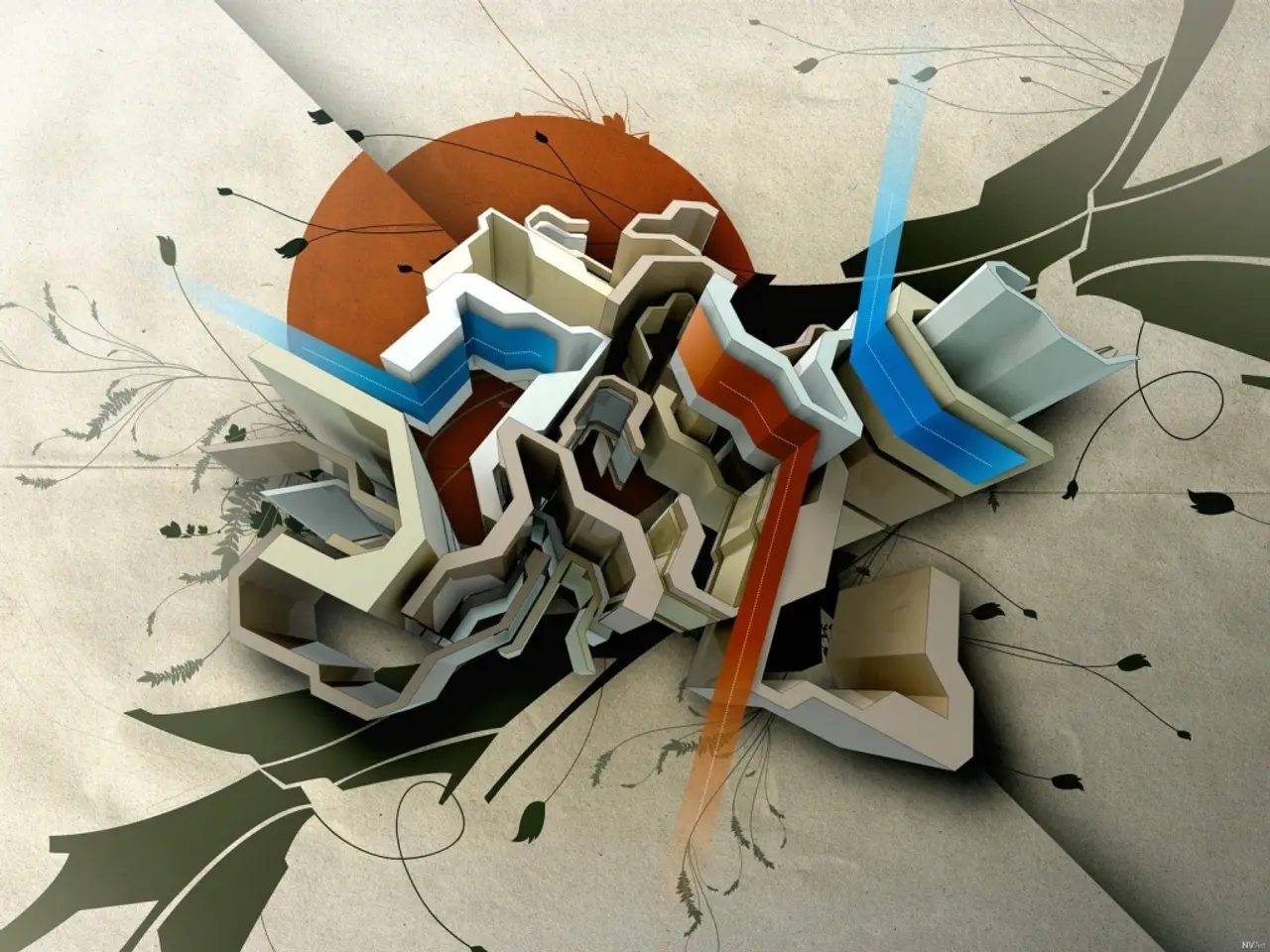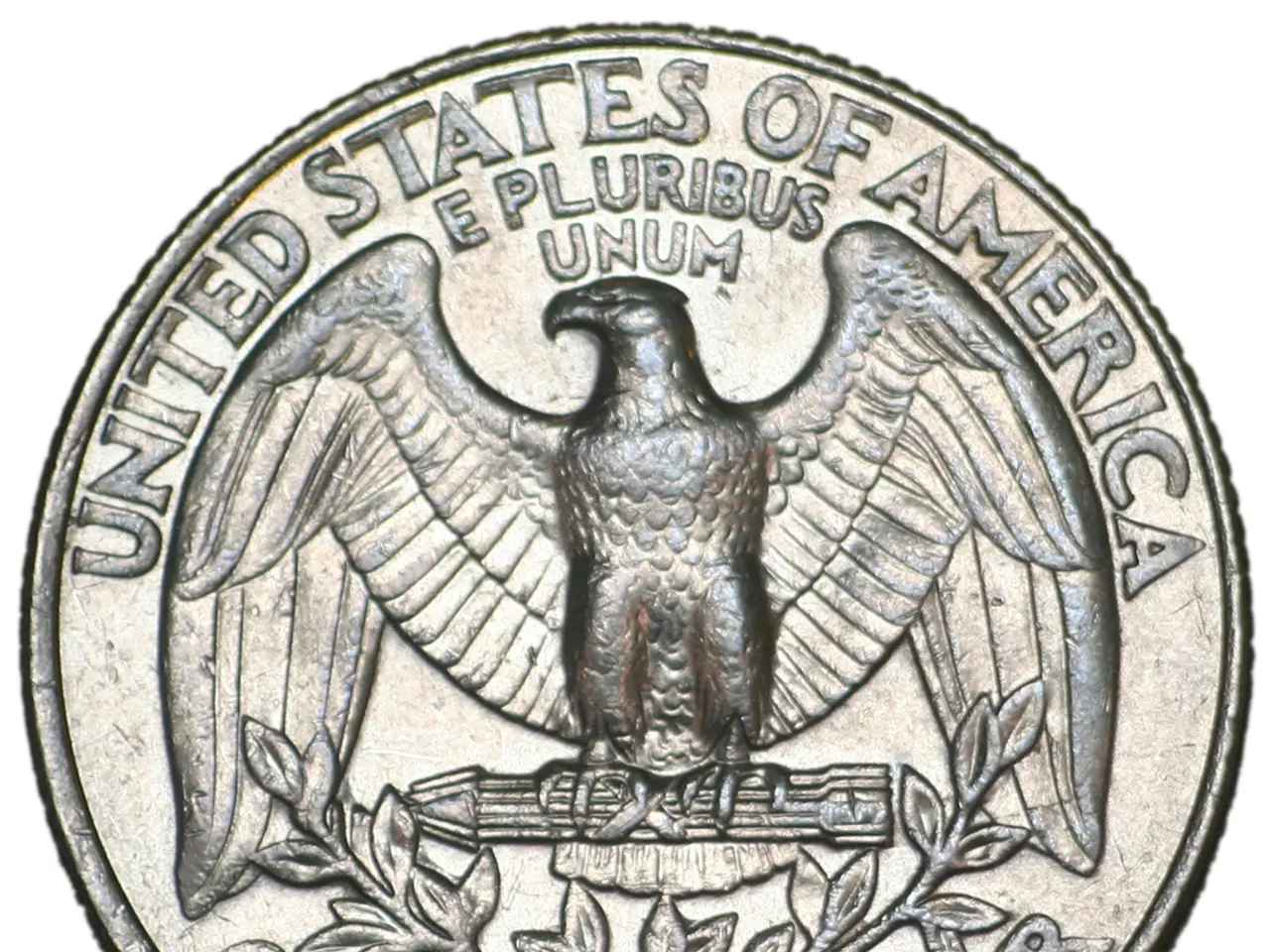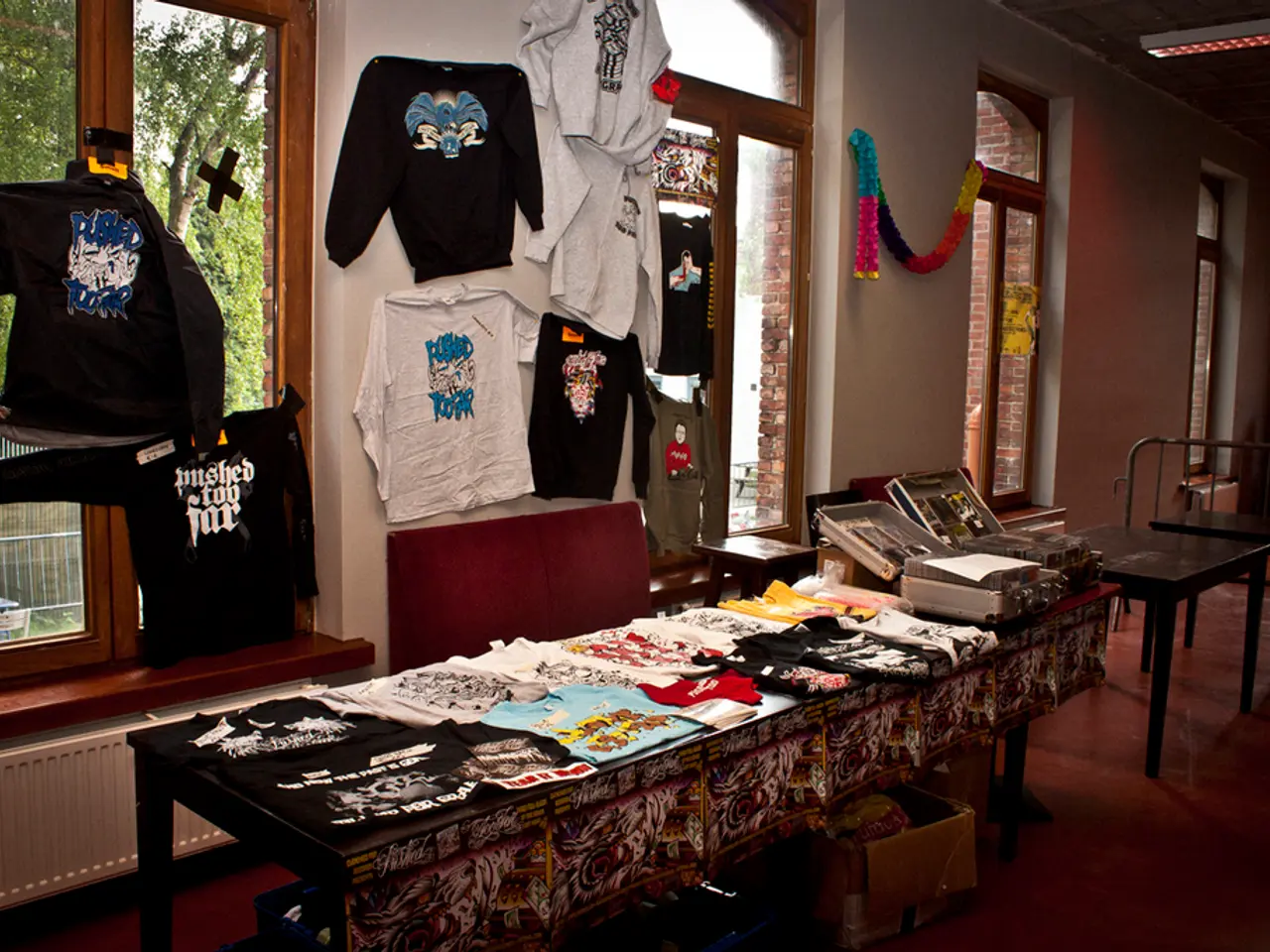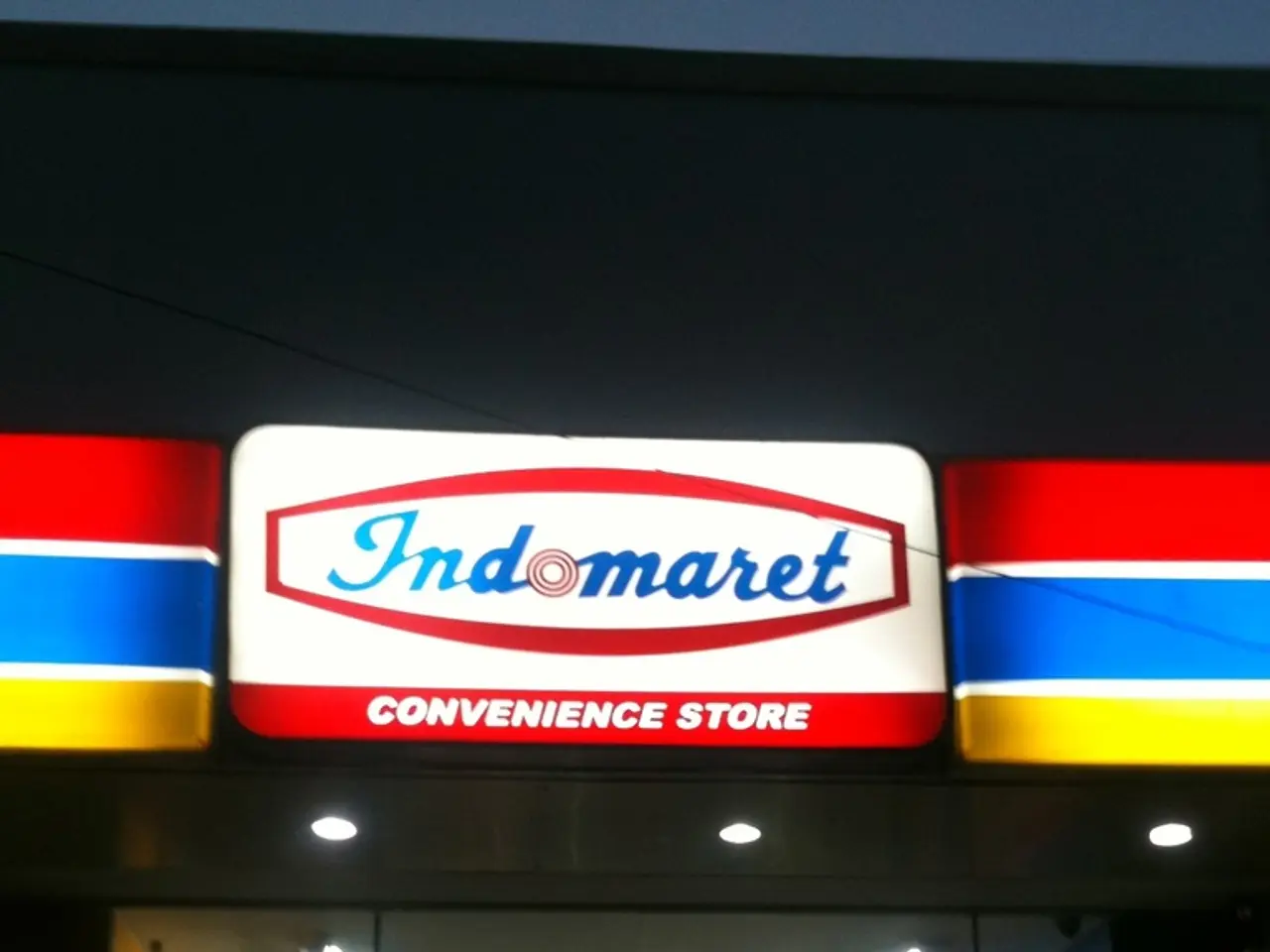Movie Spectacles
In the late 19th and early 20th centuries, a captivating style of filmmaking known as the Cinema of Attractions emerged, leaving audiences spellbound by its sheer technological and artistic innovation. This early form of cinema, coined by Tom Gunning, played a crucial role in shaping film history before narrative filmmaking took over.
The Cinema of Attractions prioritized spectacle and visual novelty over storytelling, often featuring stunts, optical illusions, and special effects. It was a precursor to modern-day blockbusters, with elements influencing action films, musicals, and horror, while also inspiring techniques like breaking the fourth wall and self-referential storytelling.
One of the key pioneers of this era was Georges Méliès, a French magician turned filmmaker. Renowned for his technical and narrative innovations, Méliès is celebrated for his work in fantasy and science fiction. He popularized special effects such as substitution splices, multiple exposures, time-lapse photography, dissolves, and hand-painted color. Méliès also pioneered the use of storyboards and camera movements to create illusions of changing size and fantastical scenarios, as exemplified in his iconic films A Trip to the Moon (1902) and The Impossible Voyage (1904).
Another significant contributor was Edwin Stanton Porter, an American filmmaker inspired by Méliès and others who advanced narrative continuity through editing. Porter made significant contributions by combining different shots to tell continuous stories, as in Life of an American Fireman (1902), and created one of the first Westerns, The Great Train Robbery (1903), which used multiple scenes and parallel action to engage audiences. These innovations helped transition cinema from a series of visual spectacles—the hallmark of the "Cinema of Attractions"—toward more story-driven films.
Other noteworthy contributors within this era include the Edison Studios, which developed early special effects like the stop trick in The Execution of Mary Stuart (1895), and the Miles Brothers, who established the first "film exchange," facilitating wider distribution of films. Additionally, early narrative serials were pioneered by Victorin Jasset in France, expanding episodic storytelling.
The theatricality of these early films can be seen as a continuation of vaudeville and magic show traditions. Elements of live performance, live music, narration, and sound effects were common, further immersing audiences in the cinematic experience.
Fast forward to modern cinema, and the influence of the Cinema of Attractions remains evident. Directors like James Cameron and Christopher Nolan push technological boundaries in Hollywood blockbusters, while experimental filmmakers like Gaspar Noe reject linear storytelling in favor of sensory immersion. The rise of IMAX and 3D further echoes early cinema's emphasis on visual wonder, turning audiences into active participants in cinematic experiences.
In contemporary cinema, we can see that the power of visual wonder that first captivated audiences in the late 19th and early 20th centuries has come full circle, reaffirming the enduring allure of the Cinema of Attractions.
[1] Robertson, J. (2012). Early Cinema: Space, Frame, Narrative. Routledge. [2] Gomery, D. (2005). A History of American Film. W.W. Norton & Company. [3] Kuhn, A. (2002). The Cinema of Attractions: Early Film, Its Spectator and the Avant-Garde. Columbia University Press.
Visual storytelling in experimental films continues to be influenced by the film movements of the late 19th and early 20th centuries, specifically the Cinema of Attractions. This historic era emphasized technology, spectacle, and visual novelty, often seen in films like Georges Méliès' A Trip to the Moon and Edwin Stanton Porter's The Great Train Robbery.
Technological advancements in contemporary cinema, such as IMAX and 3D, can be traced back to the pioneering spirit of early filmmakers like Méliès, who used special effects and storyboarding to create immersive, fantastical scenarios for audiences.




